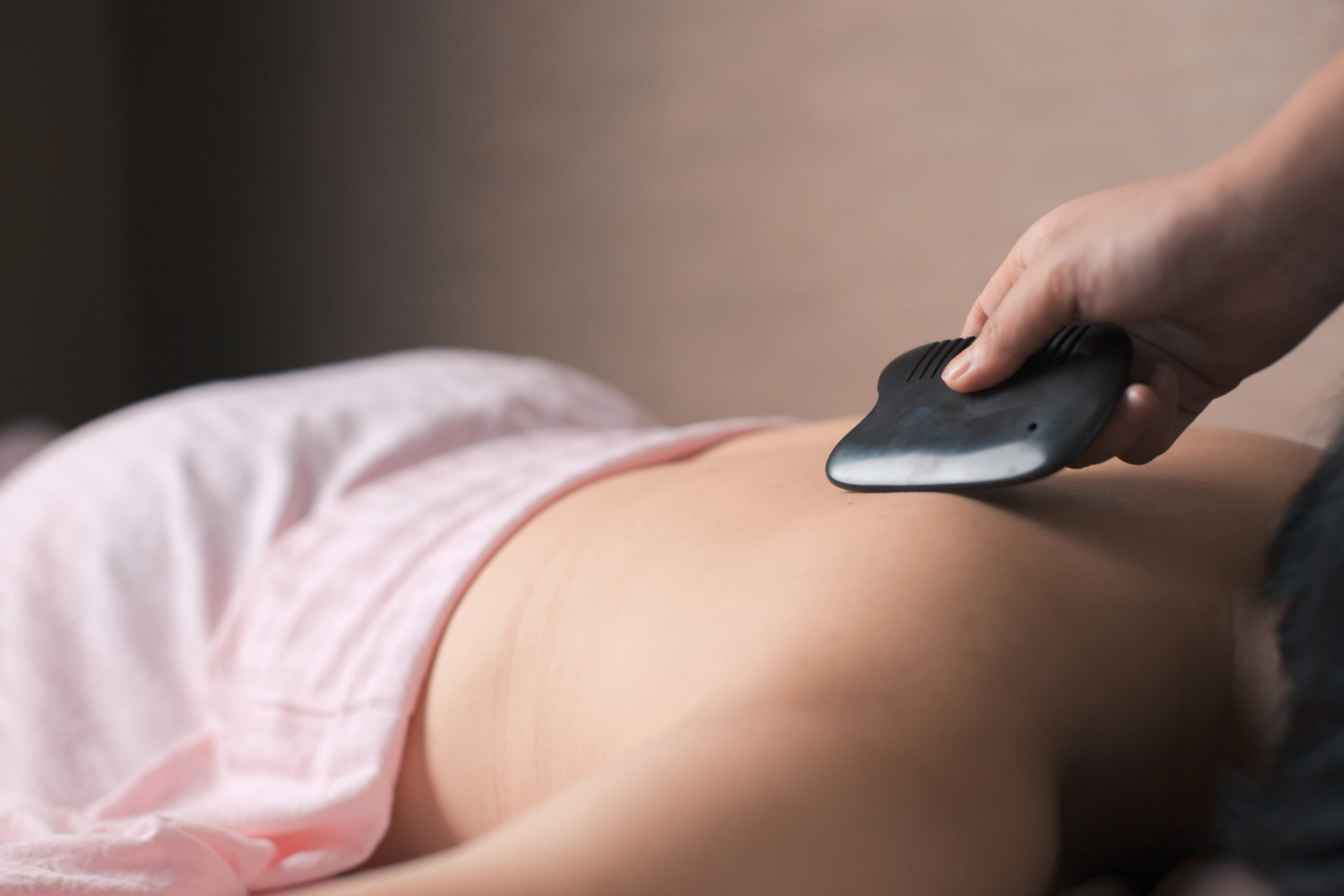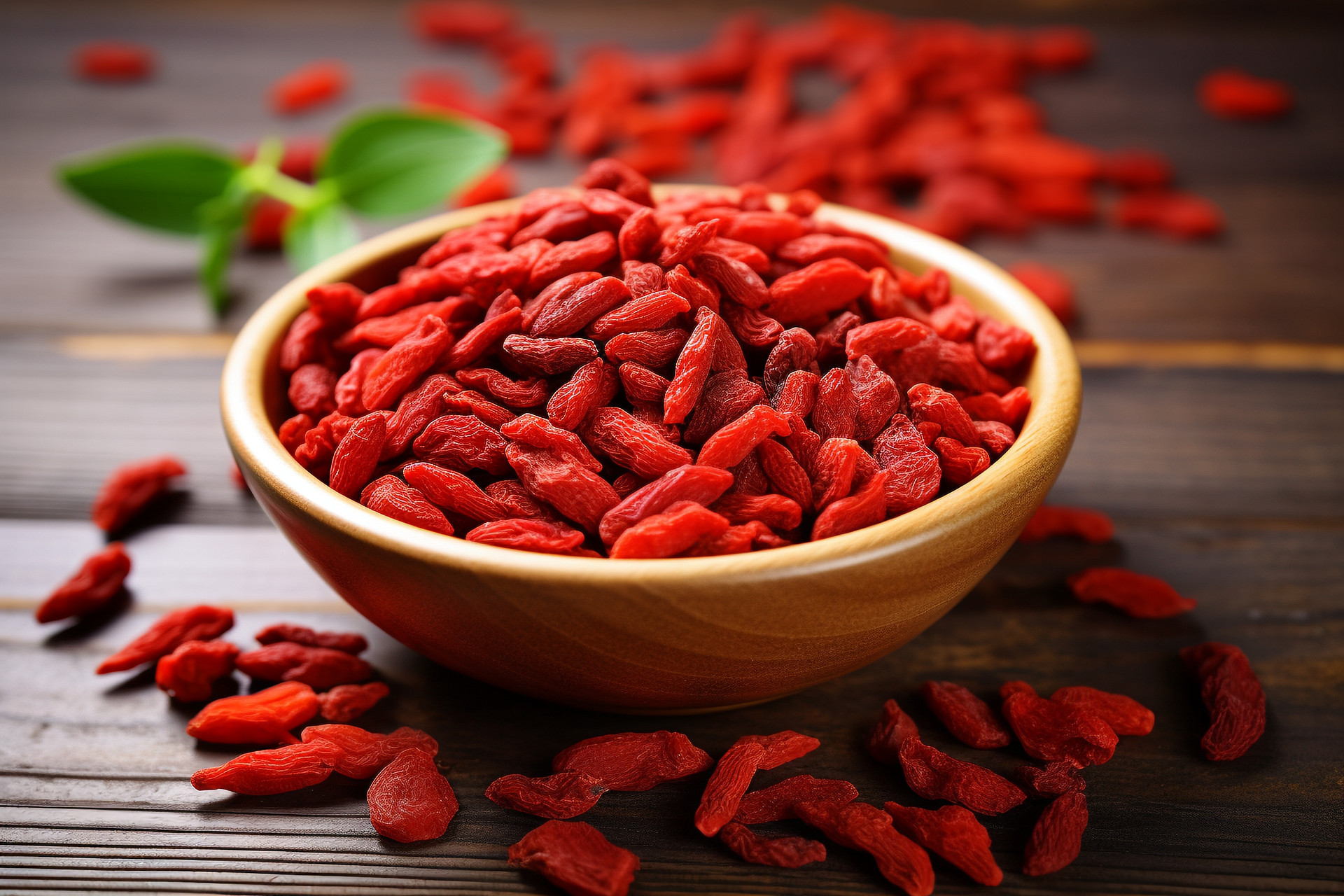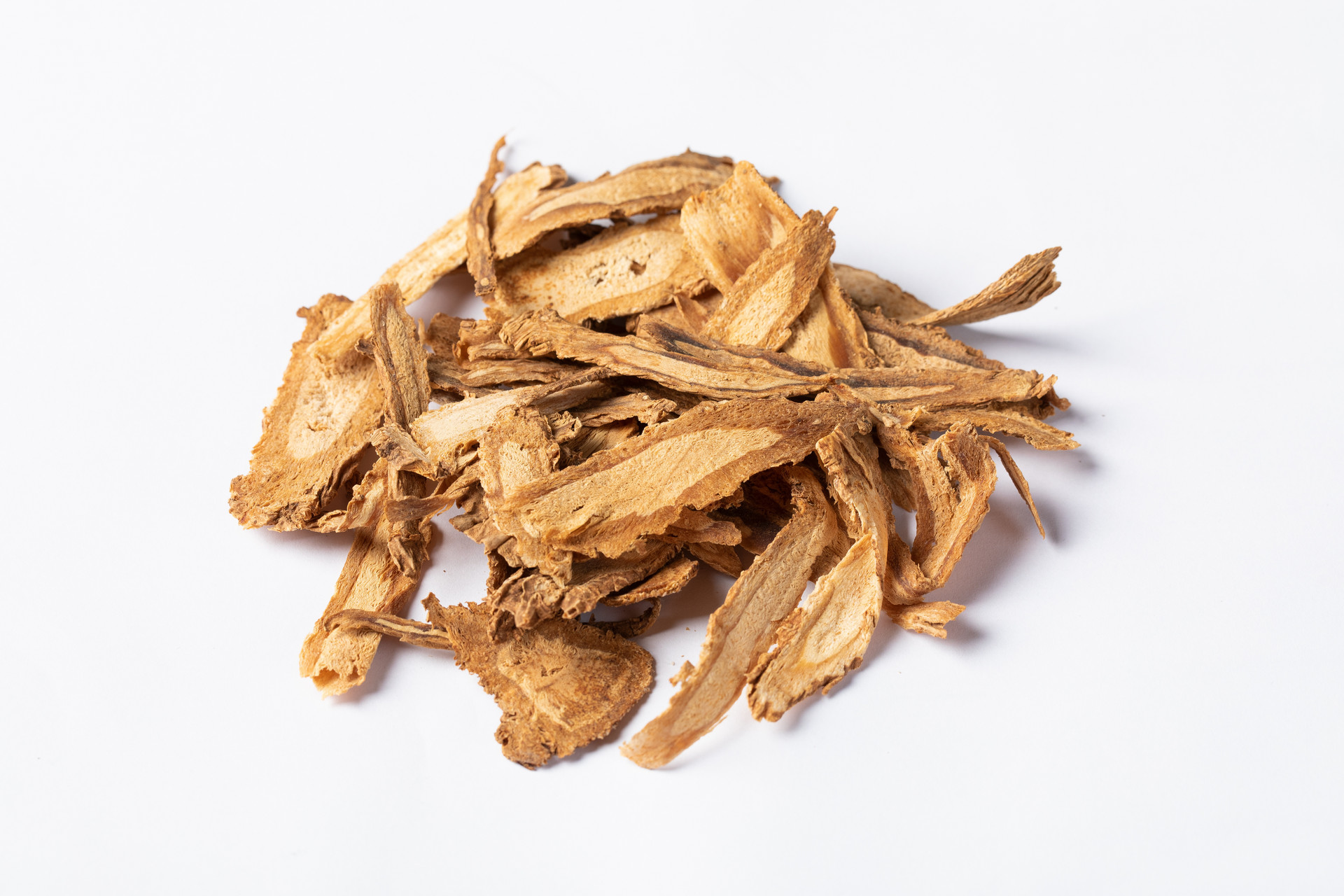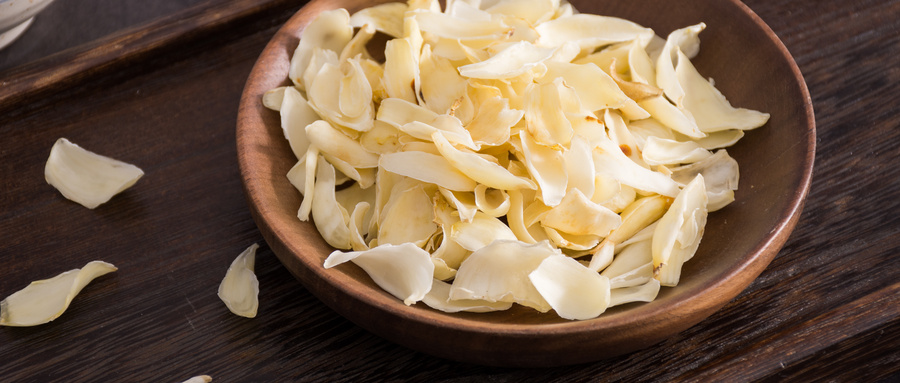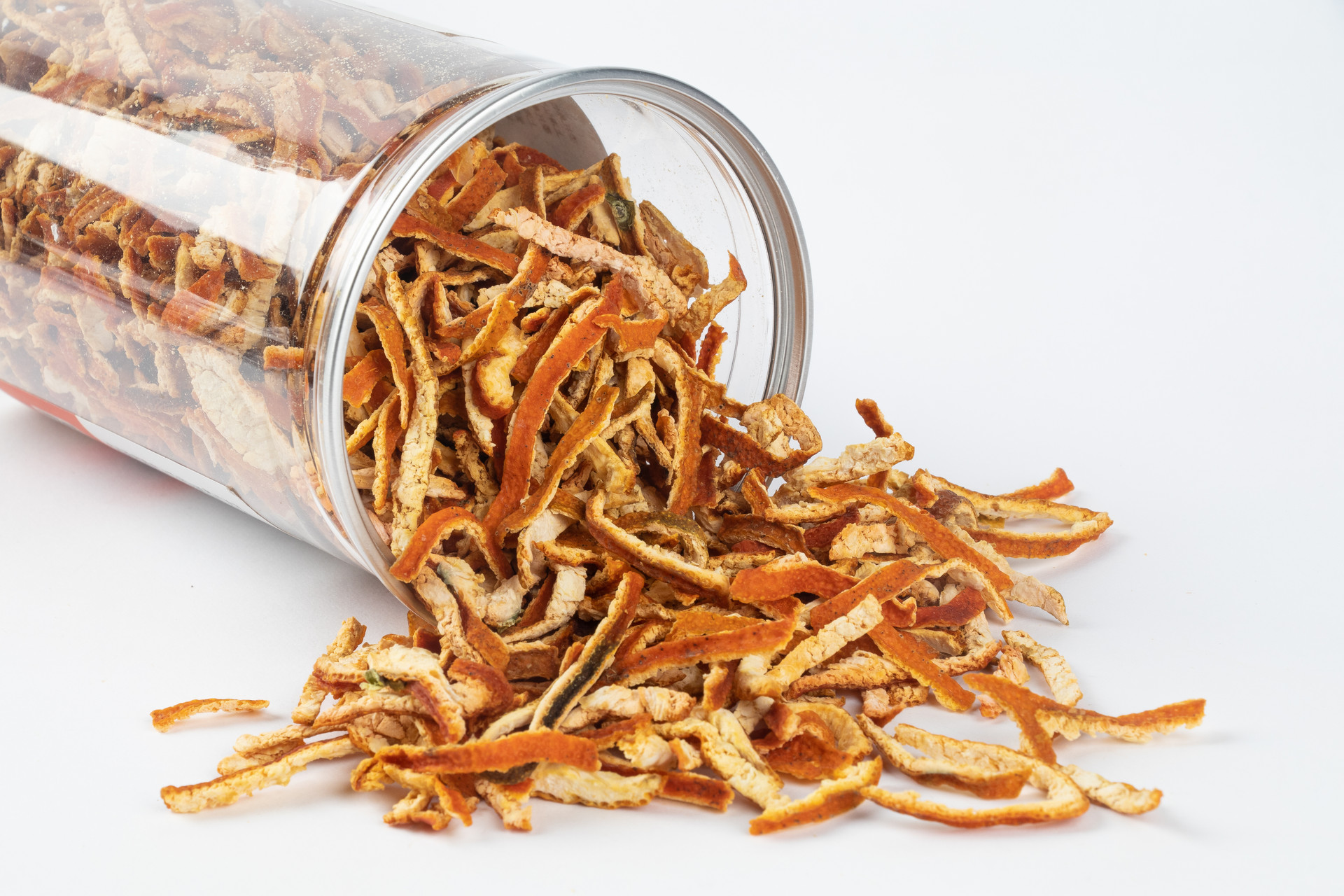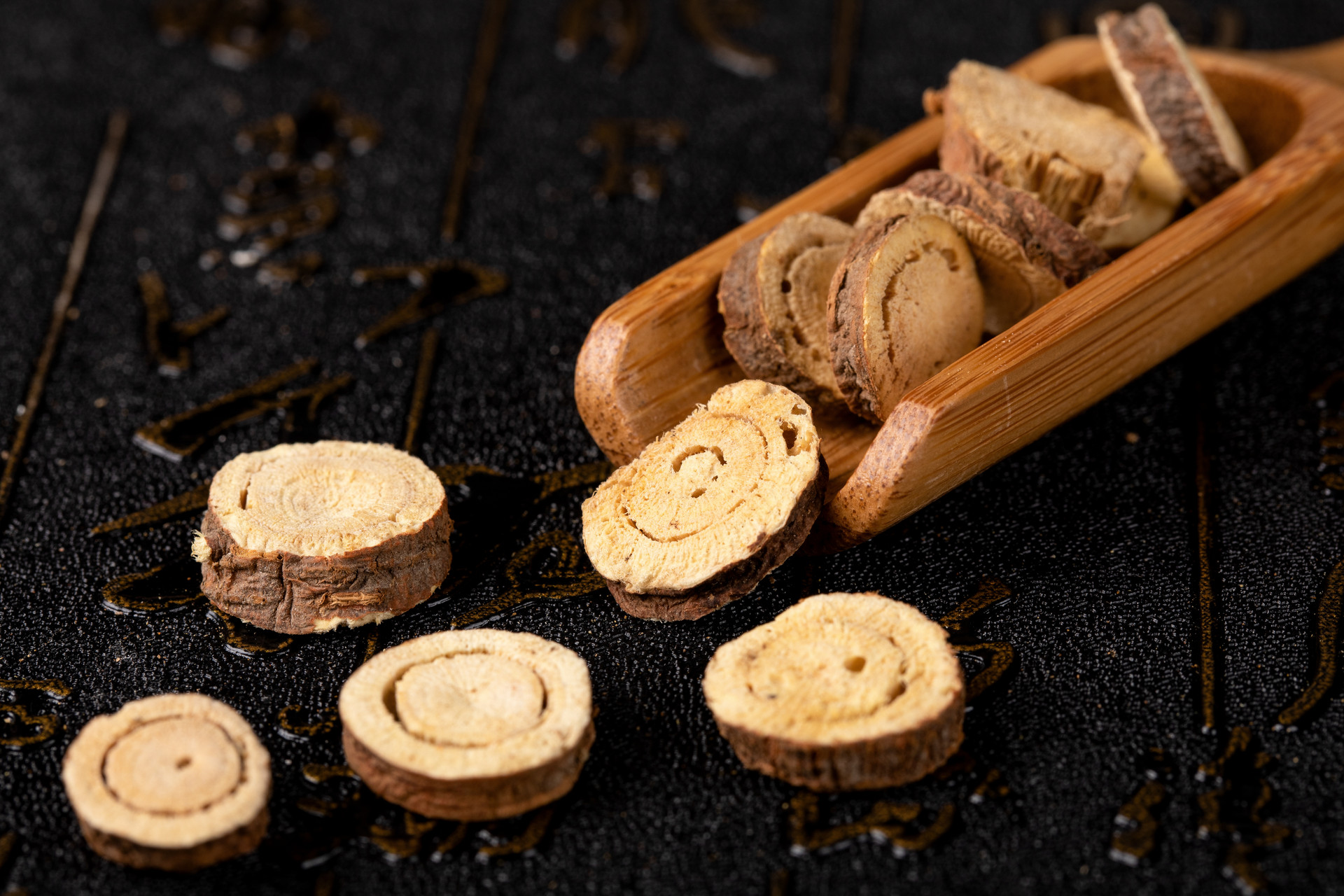Winter Flower, also known as Dong Hua, Kuan Hua, and Jiu Jiu Hua, is mentioned in the book "Shen Nong's Herbal Classic". It is the dried flower bud of Tussilago farfara L., a plant belonging to the Asteraceae family. It is harvested before the flowers emerge and the ground freezes in winter, and the flower stalks and dirt are removed before it is dried in the shade.
【Processing Method】1. Winter Flower in "Pediatrics Micro Theory Formula": "Remove the branches and stalks." In "Effective Formula from the World of Medicine": "Remove the skin and reed." Currently, the raw material is taken, impurities and residual stalks are removed, and ash is sieved out.
2. Honey-treated Winter Flower in "Materia Medica Tong Xuan": "Mix with honey water and stir-fry over low heat." In "Essential Materia Medica": "Roast with honey water." In "Matching Materia Medica": "Remove the stem, stalk, and shell. Soak in licorice water overnight and use it when dry, mix with honey water for better moisture." In "Four Essentials for Medical Practitioners": "Soak in licorice water overnight and air dry; can also be roasted with honey." Currently, refined honey is taken, diluted with an appropriate amount of boiled water, mixed with clean Winter Flower, moistened, placed in a container for stir-frying, and fried over low heat until it turns brownish yellow and is not sticky. For every 100 kg of Winter Flower, 25 kg of refined honey is used.
【Appearance of Herbal Pieces】Winter Flower is cylindrical in shape, solitary or with 2-3 flowers connected at the base, 10-25mm long, 5-10mm in diameter, thicker at the upper end and gradually thinner or with a short stalk at the lower end. It is covered with numerous scale-like bracts on the outside, which are purple-red or light red in color. The inner surface is densely covered with white fluffy hairs. It has a fragrant smell, a slightly bitter and spicy taste. Honey-treated Winter Flower has a similar appearance but is brownish yellow with charred spots, glossy, slightly sticky, and has a sweet taste.
【Processing Effects】Winter Flower has a pungent and slightly bitter taste, and is warm in nature. It belongs to the Lung meridian. It has the functions of moistening the lungs, reducing qi, stopping cough and transforming phlegm. Raw Winter Flower is commonly used for cough due to wind-cold or phlegm-fluid. For example, it is used in the Sha Gan Ma Huang Tang for phlegm-fluid congestion (from "Synopsis of Golden Chamber Prescription"); and in the Winter Flower Tang for cold cough (from "Complete Record of Holy Benevolence"). After honey roasting, the medicinal properties become warm and moist, enhancing the efficacy of moistening the lungs and stopping cough. It is often used for long-term cough due to lung deficiency or dry cough due to yin deficiency. For example, it is used in the Tai Ping Pill for chronic cough or pulmonary tuberculosis (from "Ten Divine Medicines for Chronic Cough"); and in the Ji Ming Bao Fei Pill for phlegm reduction, cough suppression, asthma relief, and lung protection (from "Handbook of Traditional Chinese Patent Medicines").
【Processing Research】Winter Flower has been processed using licorice water soaking, stir-frying, roasting, and honey-water stir-frying since the Liu Song period of the Southern and Northern Dynasties. The original intention of honey processing Winter Flower is clearly recorded in the Ming Dynasty's "Materia Medica Tong Xuan", which states that it can treat chronic cough. In recent years, the processing standards in various regions mainly include raw Winter Flower and honey-treated Winter Flower.
Some studies have compared the pharmacological effects of raw Winter Flower and honey-treated Winter Flower. The results showed that raw Winter Flower can increase blood pressure, while honey-treated Winter Flower has a cough-suppressing effect. The ether extract of raw Winter Flower has the strongest hypertensive effect, while the ether extract of honey-treated Winter Flower has a weakened hypertensive effect. The toxicity of the ether extract is greater than that of the alcohol extract, and high doses can cause convulsions and death in different animals.



